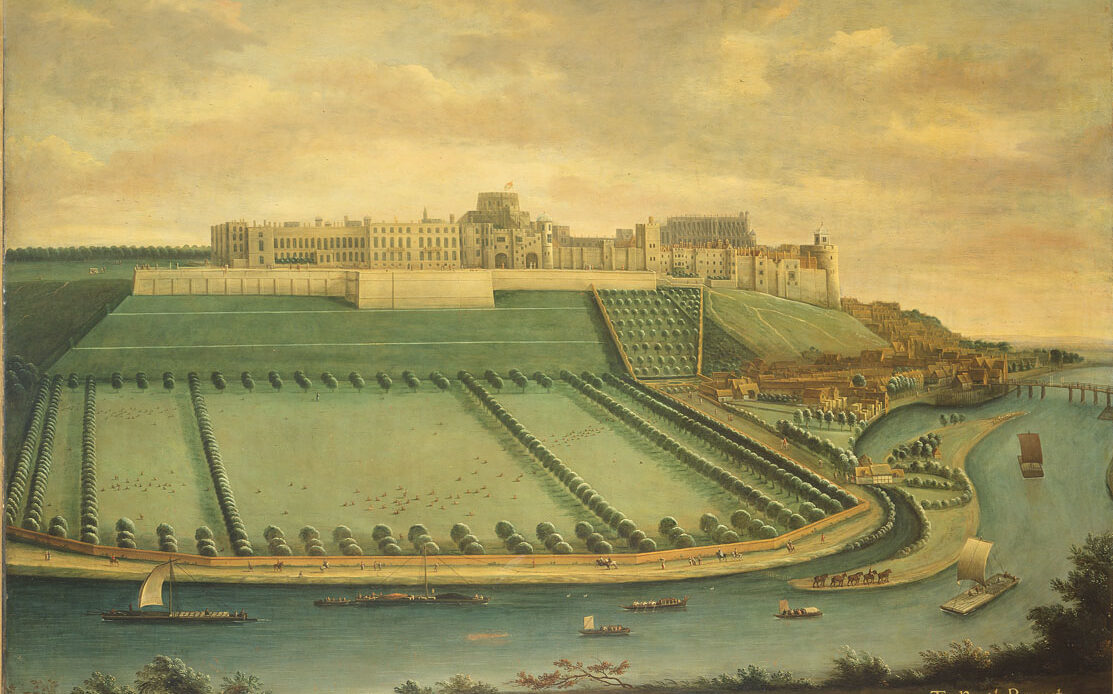
Windsor Castle serves as the oldest and largest inhabited castle in the world and has been the family home of British kings and Queens for nearly 1,000 years. William the Conqueror originally built the site to secure the western approach to London while providing easy access from the capital and a royal hunting forest. From the castle’s early stages, it was recommended it should serve as a royal residence.
By 1110, Henry I had made domestic quarters within the castle. Over the years, Henry III continued work on the castle, rebuilding many buildings and improving royal apartments. It wasn’t until about 100 years later that Edward III was ruler and decided to make modifications to the palace. His goal was to create one large palace under a unified residence, which had both state apartments for official and ceremonial business, as well as private apartments for the King and Queen. Work would not be completed before Edward’s death in 1377; instead, it was completed six years later during the reign of grandson and successor, Richard II.
During the English Civil War in the 17th century, the castle was frequently used by Oliver Cromwell as his headquarters and a prison for captured royalist officers. When Charles II came to the throne in 1660, his goal was to reinstate Windsor as his principal place out of town. This included modernising the royal apartments, of which some became the grandest baroque state apartments in England.
Over the years, the castle would continue to see different renovations as new monarchs took the throne. The apartments created by Charles II were virtually unchanged until the end of the 18th century, when George III gave state apartments on the north side of the quadrangle a neoclassical renovation. The King later appointed James Wyatt to transform the exterior of the building and retain the character of the staterooms.
Perhaps it was the next George who made quite a dent in finances; George IV spent nearly £300,000 when adding different towers and battlements. By the time he took up residence towards the end of 1828, he could only enjoy the castle for about a year and a half before he died in June 1830. George’s renovations were so complex little would be changed by his successors Queen Victoria and Prince Albert. The Queen spent a larger part of her year at the castle and ran the palace as a principal palace of the British monarchy and the focus of the British Empire. While also serving those in the whole of royal Europe, including many of the families who were related to The Queen.
When King George VI succeeded to the throne, he and Queen Elizabeth were already residents of the Royal Lodge in the Windsor Great Park and very much considered the Windsor property their home. During World War II, the family was determined to remain at Buckingham Palace, but because of London bombardments, they joined Princesses Elizabeth and Margaret at Windsor on evenings and weekends. Windsor became the place where the future Queen and Princess Margaret were brought up, and every Christmas, they performed a pantomime together in the Waterloo Chamber.
Over time, 40 monarchs, including Her Majesty The Queen, have called the residence home. Still very much a working royal palace today, The Queen has chosen Windsor as her primary residence and is unlikely to spend much more time at Buckingham Palace.

